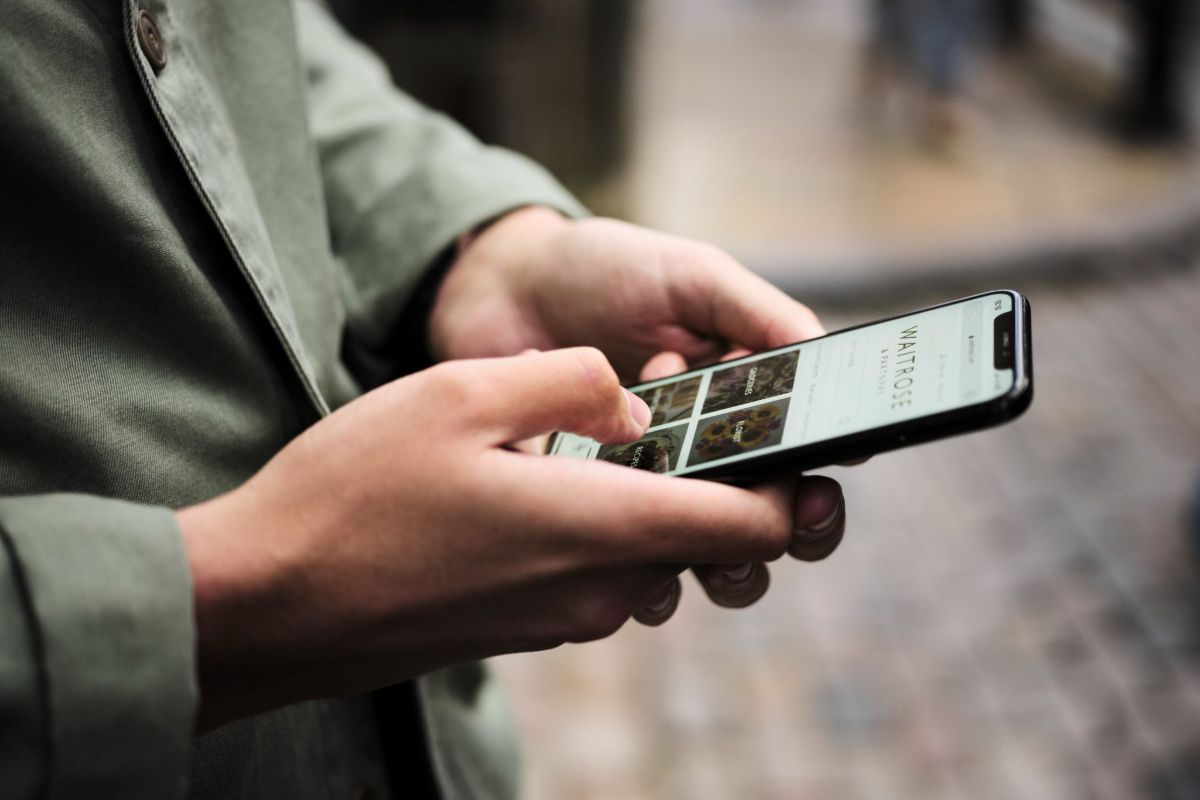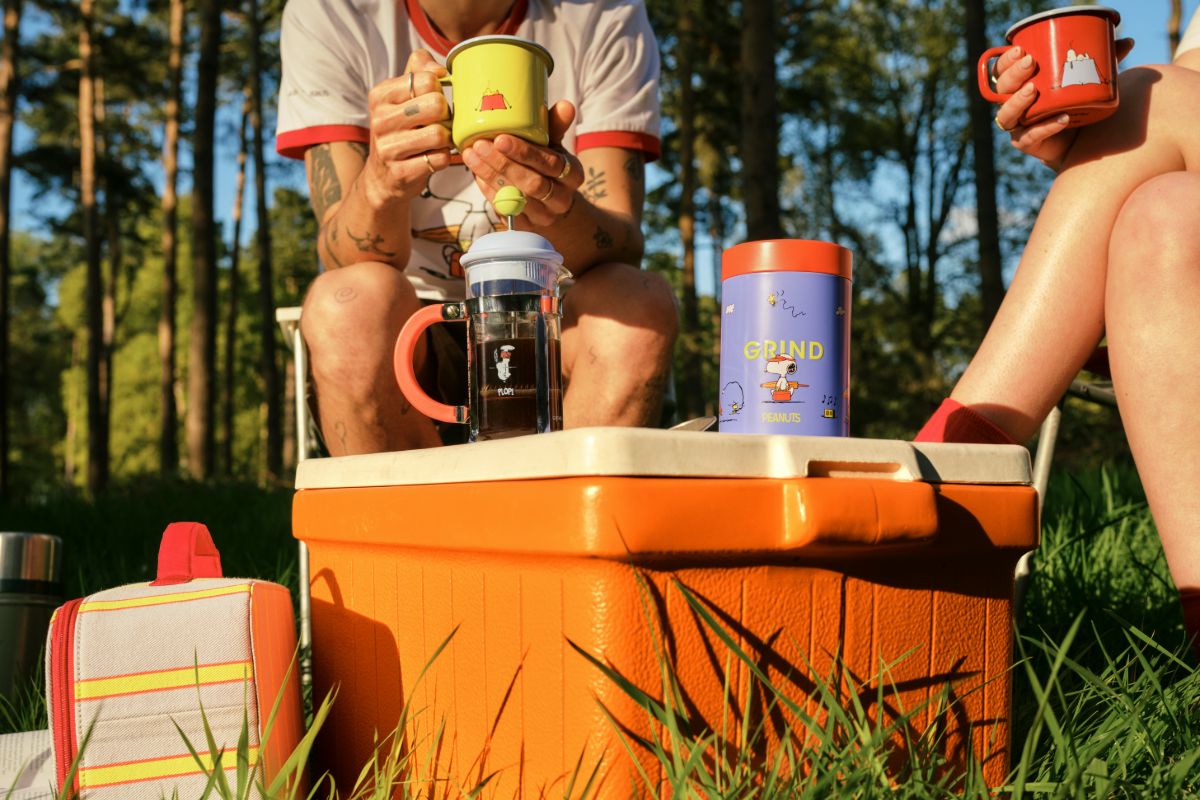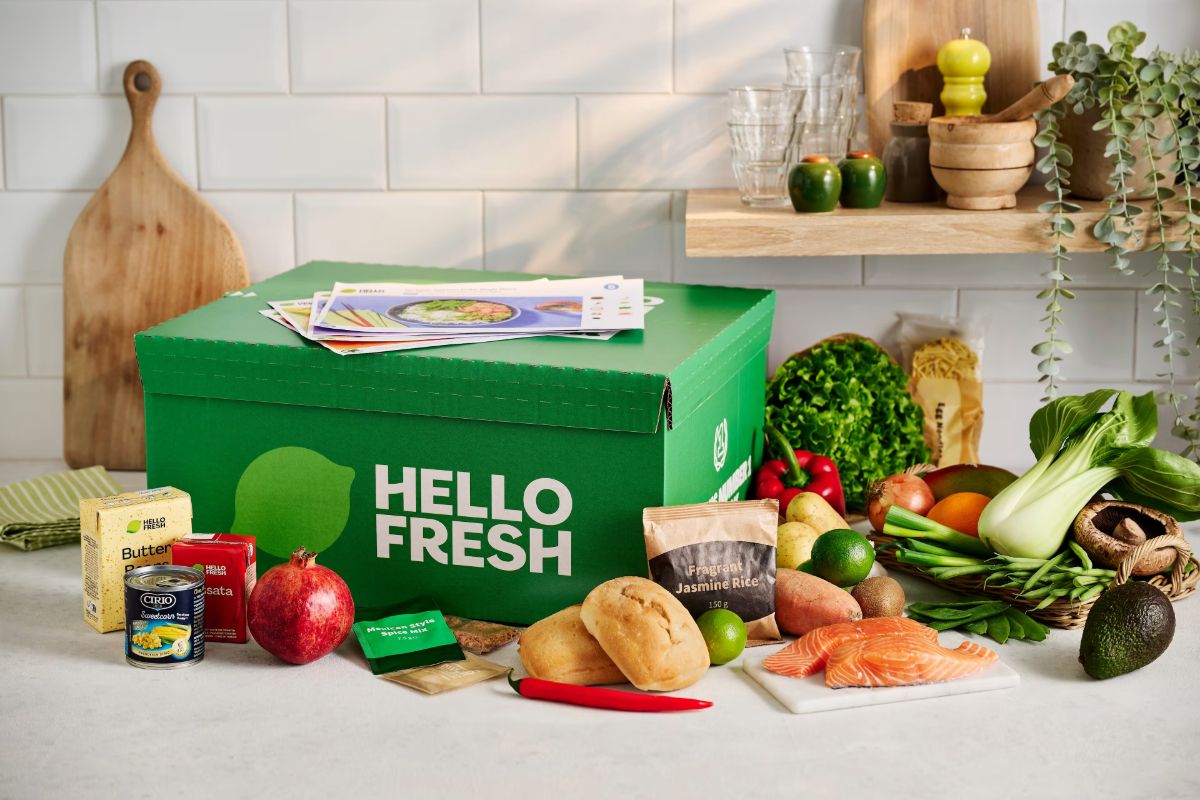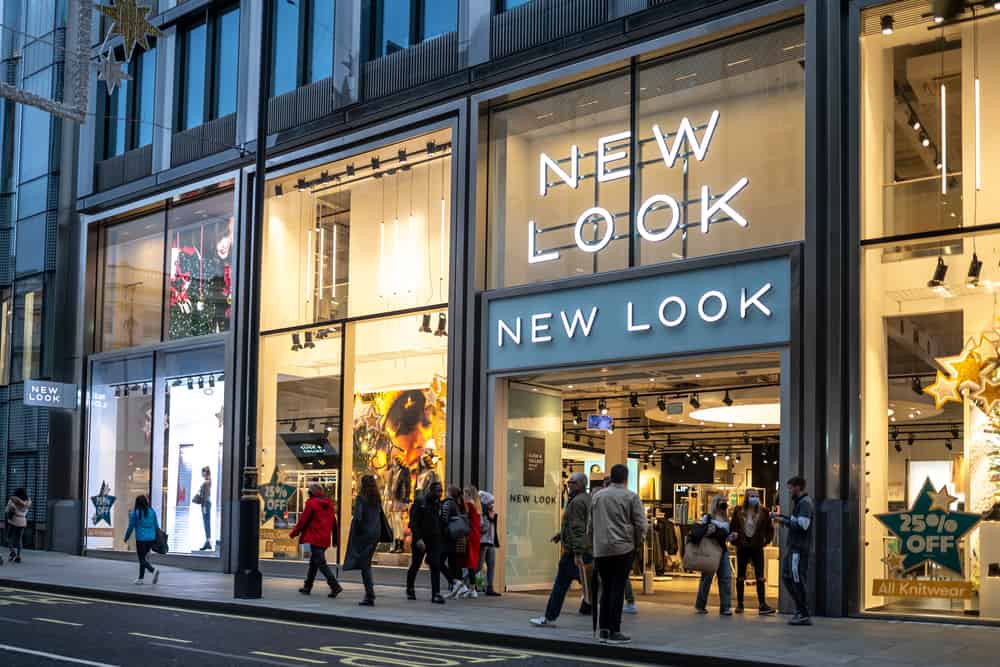Despite the growing popularity of online shopping, enhancing the in-store experience still presents a significant commercial opportunity for retailers, with conversion rates almost twice as high as in physical stores, according to new research from Barclaycard.
The findings reveal that consumers are more likely to buy when they visit a high-street shop compared to when shopping online, with 25% making a purchase almost every time they visit a physical store, versus just 12% on websites.
This higher conversion rate in-store points to an opportunity for retailers to secure revenue growth – if they can entice shoppers through the door in greater numbers and offer them great service once inside.
Today, however, 55% of consumers say they have walked away from a purchase due to disappointments with the high street experience. The most commonly-cited pain-points include long queues to pay, long queues at the fitting room and staff unavailable to help.
By enhancing the in-store environment, businesses could benefit from consumers spending an additional £11.6 billion each year, with the average shopper abandoning over £34 worth of purchases a month because of experiencing frustrations.
Invest more to entice customers
The majority of vendors have started working hard to improve the shopper experience in their physical stores, responding to demand for greater convenience, choice and opening hours that fit around flexible working patterns. Top improvements made include introducing faster payment options such as contactless (58%), a revamped store layout (50%) and in-store deals that aren’t available online (49%).
Introducing these improvements reaps clear benefits: 80% of retailers who have already invested in their physical stores have seen an increase in turnover as a direct result, with an average revenue uplift of 14%. The high value of lost sales shows, however, that there’s still more work to be done.
‘Make life easier for me’
There’s clear demand from shoppers for in-store access to services that they’d usually have to go elsewhere for and retailers are responding to this appetite. For example, a quarter (25%) of vendors now offer additional services such as postal facilities, matching the proportion of consumers (24%) who say they’d like to see postal services in-store.
More could be done, however. Consumers say they’d also like to see clothes recycling (25%) in their favourite shops, as well as lockers where they can leave shopping bags or luggage (21%). In contrast, retailers think their customers will be most interested in gift wrapping (cited by 40%) and personalisation, such as adding the customer’s initials onto items (28%).
Paulette Rowe, Managing Director, Barclaycard Payment Solutions, explains: “This research shows there’s a clear opportunity for retailers to be more creative when it comes to the experience in-store. The key is to give shoppers something that makes their life easier. Whether it’s offering somewhere to leave their bags, in-store postal services or accepting faster payment methods, there are many engaging ways to make high-street shopping easier and more enjoyable. Those retailers who embrace this approach will be rewarded at the till.”
Some retailers are already making this happen. Sainsbury’s is trialling checkout-less technology, which enables customers to pay for goods on their mobile phone in the retailer’s Euston store, while Ted Baker is to roll out an app-based in-store payment solution, which brings the online and in-store experiences together.
Tesco, meanwhile, replaced the PayQwiq app with Tesco Pay+, which combines payment and loyalty in one app for quick shopping and is being lauded for the approach playing a key role in upping the grocer’s profits.
| Top retailer in-store improvements | Implemented | |
| 1 | Increased the variety and amount of stock in-store | 62% |
| 2 | Introduced faster payment options e.g. contactless | 58% |
| 3 | Started opening on a Sunday, or extended current Sunday opening hours within legal limits | 51% |
| 4 | Revamped store layout | 50% |
| 5 | Introduced in-store deals that aren’t available online | 49% |
| 6 | Increased or changed opening hours to fit around consumers’ flexible work patterns | 47% |
| 7 | Introduced in-store giveaways, e.g. handing out product samples | 43% |
| 8 | Started making the experience more tailored and personal for customers based on their preferences e.g. using purchasing data | 43% |
| 9 | Started holding in-store events to entice customers, e.g. classes, music events | 36% |
| 10 | Introduced technology that helps consumers choose items more quickly, e.g. tablet computers on which they can check availability or sizes in stock | 33% |








